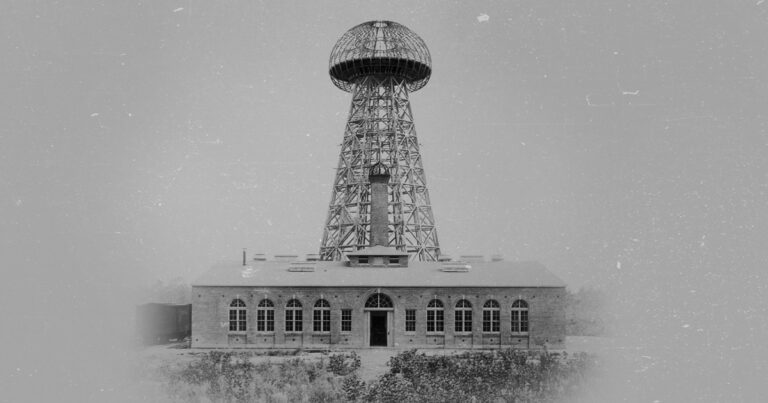In the early 20th century, Nikola Tesla’s Wardenclyffe Tower stood as a beacon of innovation on Long Island. Designed to transmit free wireless energy worldwide, its purpose remains one of history’s most tantalizing “what-ifs.” This article unpacks Tesla’s ambitious goals, the tower’s untimely demise, and its lasting influence on modern technology.
The Vision Behind Wardenclyffe Tower
Tesla’s primary purpose for Wardenclyffe Tower was to create a global wireless communication and energy system. Unlike today’s Wi-Fi, his design aimed to transmit electricity without wires using Earth’s ionosphere. Key objectives included:
- Enabling free energy access worldwide.
- Facilitating transatlantic communication (pre-dating radio’s mainstream adoption).
- Demonstrating renewable energy potential through geothermal and atmospheric power.
Why Wardenclyffe Tower Failed
Despite its revolutionary purpose, the project collapsed due to:
- Funding Shortfalls: J.P. Morgan withdrew support, skeptical of monetizing “free” energy.
- Technical Challenges: Scaling Tesla’s theories required untested infrastructure.
- Competition: Guglielmo Marconi’s radio advancements overshadowed Tesla’s work.
Legacy of Tesla’s Unfinished Masterpiece
Though abandoned in 1917, Wardenclyffe Tower’s purpose echoes in modern tech:
- Wireless Charging: Resonates with Tesla’s energy transmission concepts.
- 5G Networks: Parallels his vision for global communication grids.
- Renewable Energy: Prefigured today’s quest for sustainable power.
Q: What was Wardenclyffe Tower supposed to do?
A: Tesla intended it to transmit wireless energy and data globally using Earth’s natural conductivity.
Q: Why is Wardenclyffe Tower important today?
A: It symbolizes early innovation in wireless tech and renewable energy, inspiring modern engineers.
Q: Can you visit Wardenclyffe Tower?
A: Yes! The site, now a museum, underwent restoration in 2018 as part of Tesla’s legacy preservation.
Conclusion
Wardenclyffe Tower’s purpose—a blend of altruism and audacity—remains a testament to Tesla’s genius. While its physical structure is gone, its vision fuels today’s breakthroughs in wireless energy and connectivity.

